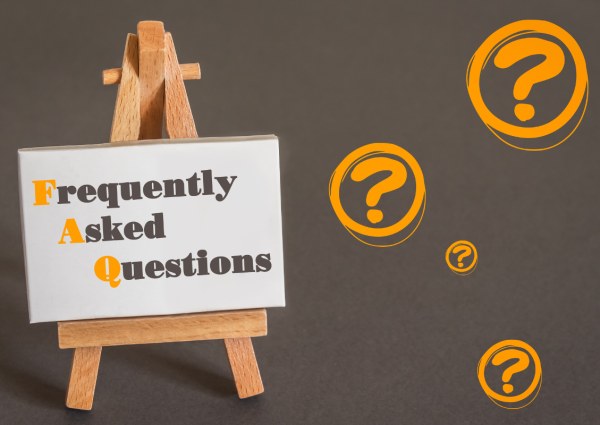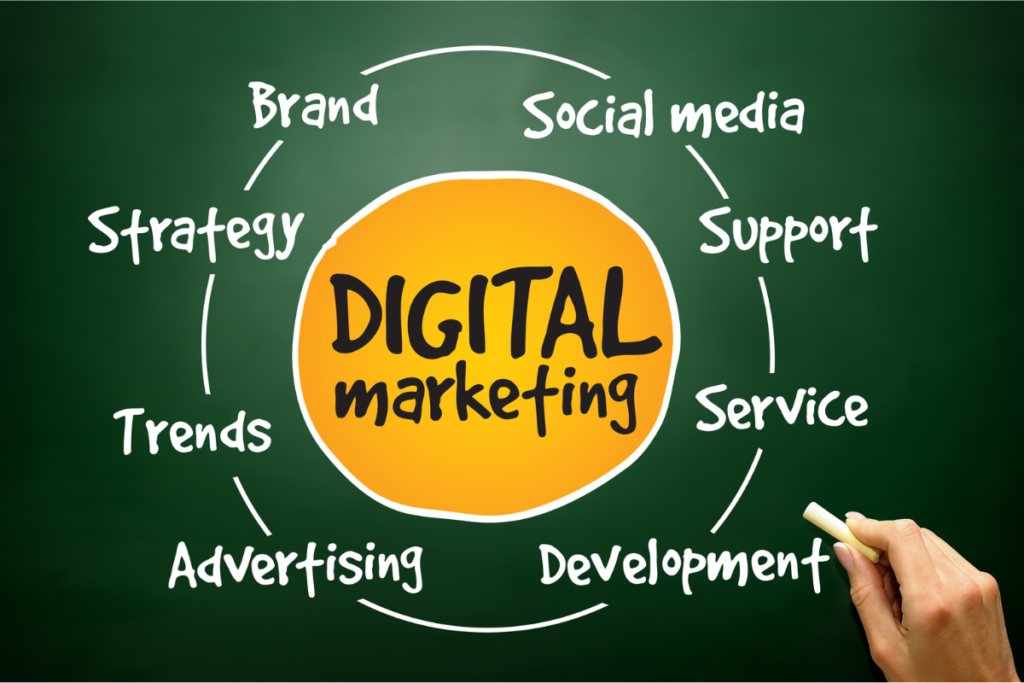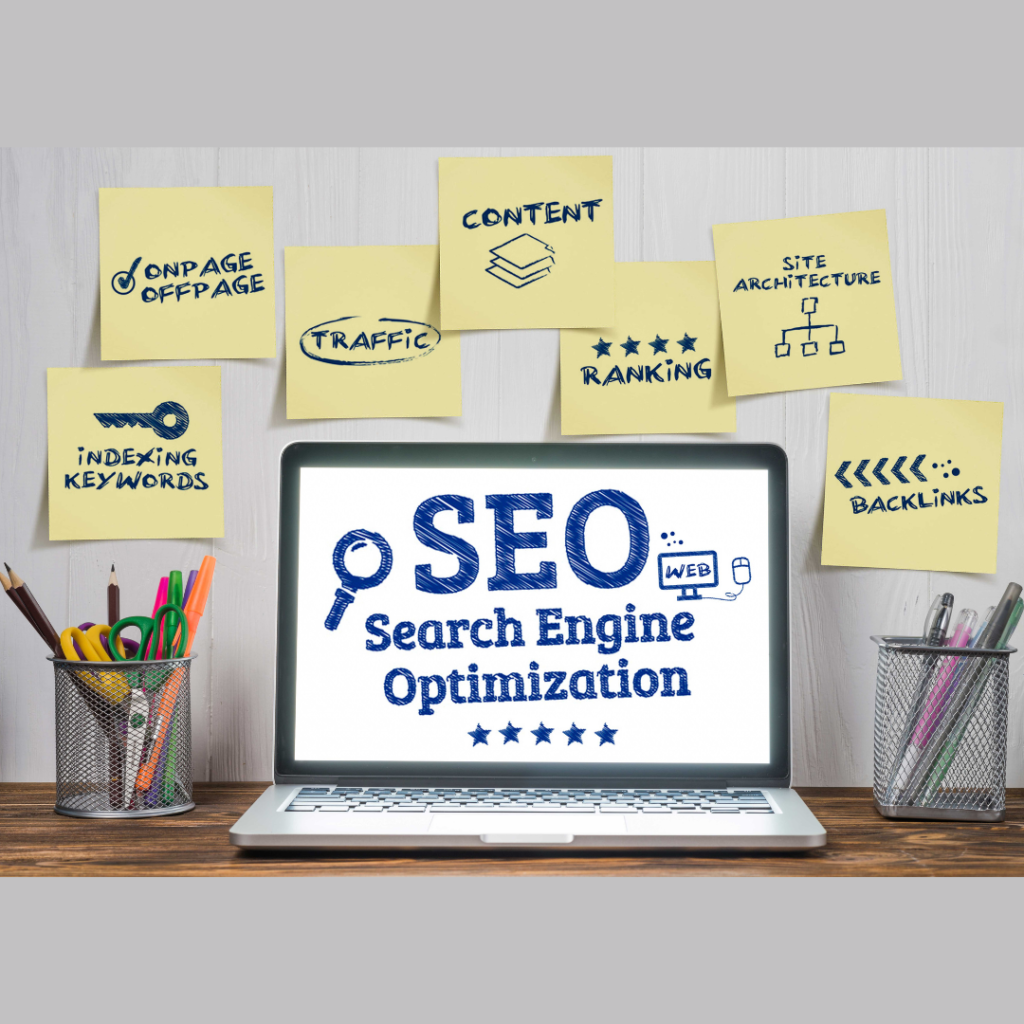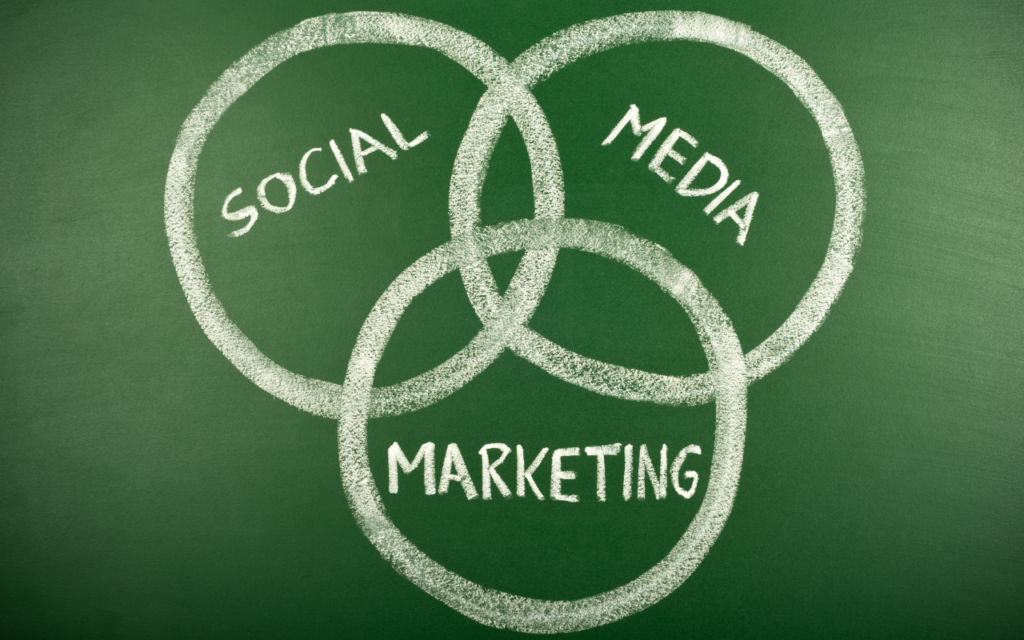In this blog, discover what email marketing is and why it continues to be a vital strategy. Learn how to effectively build and expand your email list, craft personalized campaigns, automate your emails, and track success with our comprehensive guide. Explore tools and tips for email automation, common mistakes to avoid, and key email marketing trends to watch.
Table of Contents
What is Email Marketing : A Complete Guide
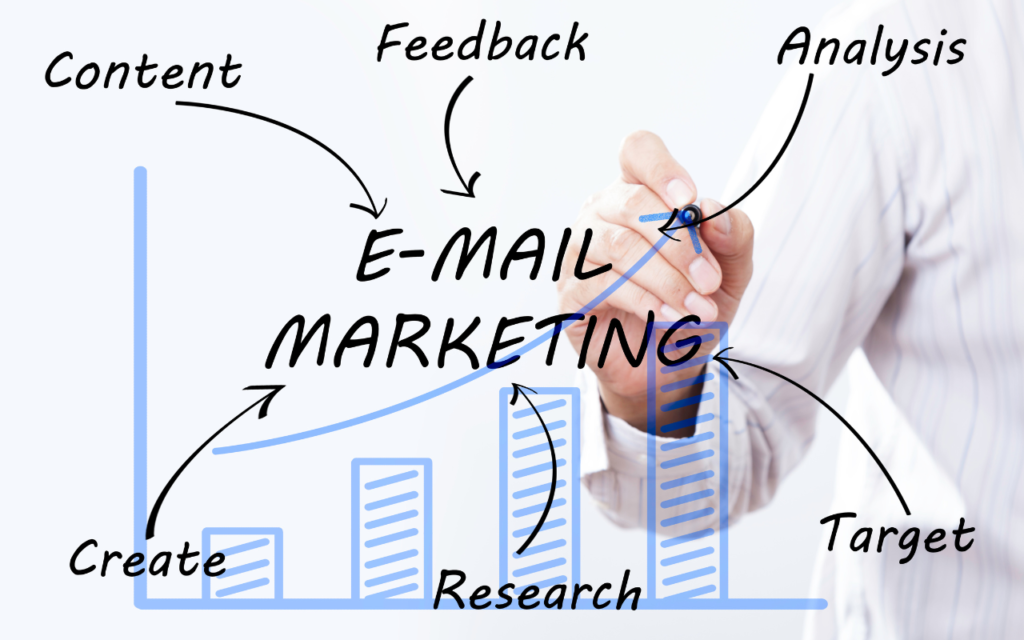
Email marketing is a powerful digital marketing strategy where businesses use emails to connect with their audience. It involves sending personalized messages to a targeted group of people, often with the goal of promoting products, sharing updates, or building brand loyalty. This is an effective tool for nurturing relationships with potential customers, increasing engagement, and driving conversions.
Why Email Marketing is Still Important?
In an era dominated by social media and instant messaging, email marketing continues to hold its ground as one of the most effective digital marketing strategies. Despite the rise of new marketing channels, email marketing offers a direct, personal, and targeted way to communicate with your audience.
One of the reasons email marketing is still thriving in 2024 is its unparalleled reach. Almost everyone uses email, and it provides a more personal way to connect with customers compared to other digital channels. Additionally, email marketing has a high return on investment (ROI), making it a valuable tool for businesses of all sizes.
With the right strategies, email marketing can help build relationships, promote products, drive sales, and increase brand awareness. In this comprehensive guide, we’ll explore how to make email marketing work for you in 2024 and beyond.
How to Build and Grow Your Email List
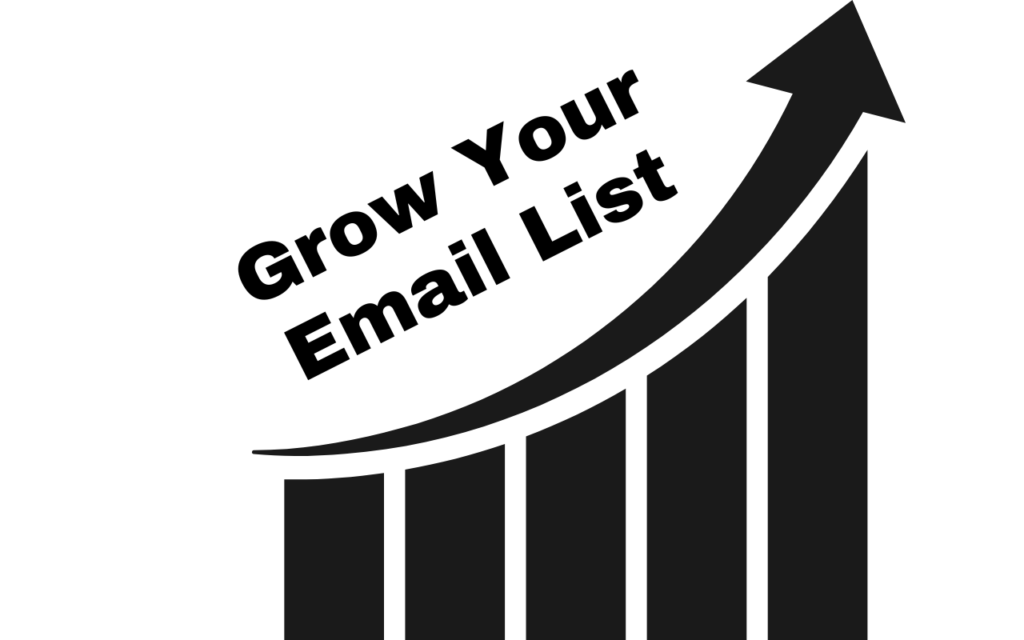
Your email list serves as the backbone of your email marketing strategy. Without a quality list, even the best campaigns will fall flat. Here’s how to effectively build and grow your email list in 2024:
Use Opt-In Forms
An opt-in form is a simple tool that allows visitors to subscribe to your email list. Place these forms on high-traffic pages of your website, such as your homepage, blog posts, and landing pages.Ensure that your form is easily accessible and straightforward to complete for optimal results.
Offer a Lead Magnet
A lead magnet is an enticing offer you give to visitors in return for their email addresses, helping you grow your subscriber list. This can be a free ebook, guide, checklist, or exclusive discount. Make sure your lead magnet is relevant to your audience and aligns with their interests.
Leverage Social Media
Promote your email list across your social media platforms to expand your reach and attract more subscribers. Create posts that highlight the benefits of subscribing, such as receiving exclusive content, discounts, or early access to products. Running targeted social media ads is a powerful strategy to grow your email list by reaching potential subscribers who are most likely to engage with your content.
Host Webinars or Online Events
Automating Your Email Marketing: Tools and Tips

Automation revolutionizes email marketing by enabling you to deliver timely and relevant messages to your audience without the need for manual effort. Here’s how to set up automated email workflows that drive results:
Welcome Email Series
Set up a welcome email series that automatically triggers when someone subscribes to your list. Use this series to introduce your brand, provide value, and guide the subscriber toward their first purchase or action.
Abandoned Cart Emails
Abandoned cart emails remind customers who added items to their shopping cart but didn’t complete the purchase. Implementing automation can help recover lost sales and significantly boost your overall conversion rates.
Drip Campaigns
A drip campaign consists of a set of automated emails that are sent out at predetermined intervals. Use drip campaigns to nurture leads, onboard new customers, or provide educational content over time.
Tools for Automation
Creating Email Campaigns That Convert: Best Practices
Once you have a list of subscribers, it’s crucial to create email campaigns that resonate with your audience and drive conversions. Here are some best practices to help you create campaigns that work:
Focus on a Single Goal
Each email should have one clear purpose, whether it’s driving traffic to a blog post, promoting a sale, or encouraging users to download an e-book. Having too many calls-to-action (CTAs) in your email can overwhelm your audience and diminish the impact of each individual message.
Keep It Short and Sweet
People don’t have time to read long emails. Focus on concise messaging that gets straight to the point while providing value. Use bullet points, images, and short paragraphs to keep your content scannable and engaging.
Use High-Quality Visuals
Incorporating images can greatly improve the overall aesthetics and appeal of your email. However, make sure they’re relevant to your message and don’t distract from your main goal. Always use alt text for your images in case they don’t load properly.
Include a Clear Call-to-Action
The Role of Personalization in Email Marketing
In 2024, personalization has become a necessity, not just an option.. With so much content competing for attention, personalized emails stand out by making subscribers feel valued and understood.
Use the Subscriber’s Name
Incorporating the recipient’s first name in the subject line or body of the email instantly adds a personal touch to the message. Many email marketing platforms allow you to automate this with merge tags.
Send Behavior-Based Emails
Behavioral emails are triggered based on specific actions your subscribers take. For example, you can send an abandoned cart email when someone adds items to their cart but doesn’t complete the purchase. You can also send follow-up emails based on previous purchases or interactions with your content.
Segment Your Audience
Email Segmentation: How to Send Targeted Campaigns
Segmentation is the process of dividing your email list into groups based on specific criteria. This allows you to send more relevant and targeted messages, which can lead to higher open and conversion rates.
Demographic Segmentation
Segment your list based on demographic information like age, gender, location, and job title. This allows you to tailor your messages to different groups within your audience.
Behavioral Segmentation
Segment based on how subscribers interact with your content. For example, you can create a segment for those who have clicked on a specific link, opened a particular email, or purchased a certain product.
Purchase History
Best Practices for Designing Mobile-Friendly Emails
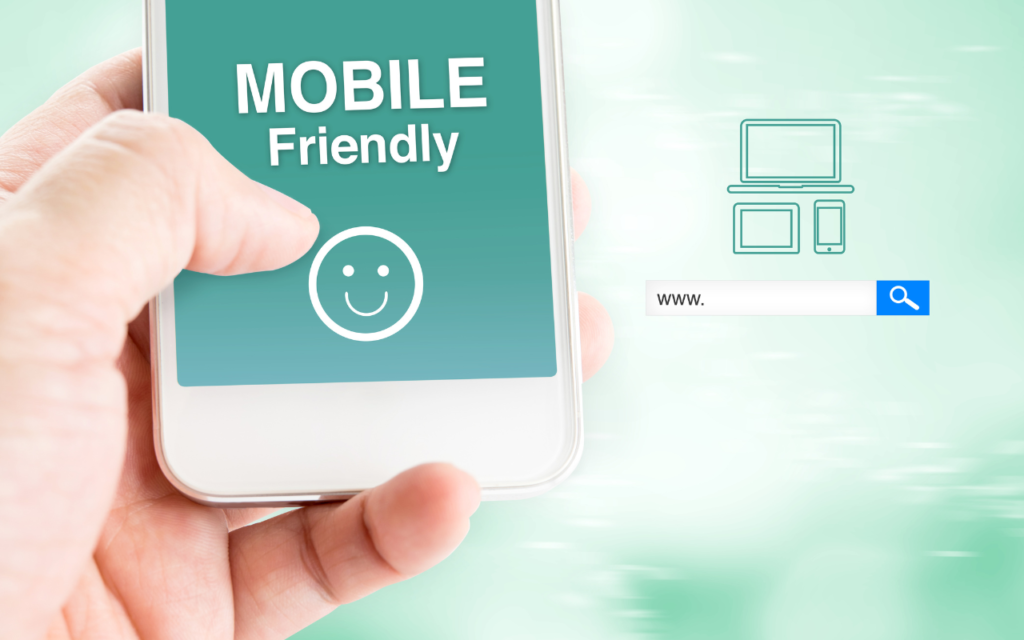
Your subject line is the first thing your subscribers see, and it often determines whether they open your email. Here’s how to craft subject lines that capture attention effectively:
Keep It Short
Keep your subject lines concise, ideally 40-50 characters or fewer, to capture attention quickly. Short subject lines are easier to read and less likely to get cut off, especially on mobile devices.
Create a Sense of Urgency
Use time-sensitive language to encourage immediate action.Here are some examples: “Special Offer – Limited Time Only,” “Hurry, Only a Few Hours Left!” or “Last Chance: Sale Ends Today.
Personalize the Subject Line
Including the recipient’s name or location can make your email feel more personalized and relevant, increasing the likelihood of an open.
Use Numbers or Lists
Measuring Email Marketing Success: Key Metrics to Track
Monitoring key metrics is essential for assessing the effectiveness of your email marketing efforts and making data-driven improvements. Here are the most important ones:
Open Rate
The open rate refers to the percentage of recipients who have opened your email, providing insights into the effectiveness of your subject line and audience engagement. A low open rate may indicate that your subject lines aren’t compelling, or your emails are going to spam.
Click-Through Rate (CTR)
Click-through rate (CTR) measures the percentage of subscribers who clicked on a link within your email, indicating how engaging your content is and how effectively it drives action. This metric shows how well your email content and CTA resonate with your audience.
Conversion Rate
The conversion rate measures the percentage of subscribers who took a desired action, like making a purchase or registering for a webinar. This is one of the most critical metrics for determining the success of your campaign.
Bounce Rate
Bounce rate reflects the percentage of emails that failed to be delivered to the recipients’ inboxes. A high bounce rate often points to problems such as invalid or outdated email addresses, which can harm your deliverability and sender reputation.
Unsubscribe Rate
Common Email Marketing Mistakes to Avoid
Even seasoned marketers can make mistakes when it comes to email marketing. Here are some typical mistakes to watch out for:
Sending Too Many Emails
Bombarding your subscribers with emails can lead to higher unsubscribe rates. Instead, focus on quality over quantity and ensure that every email you send provides value.
Ignoring Mobile Optimization
With over half of all emails opened on mobile devices, it’s essential to make sure your emails are optimized for mobile viewing.. Use responsive design and test your emails on various devices before sending them.
Failing to Segment Your List
Broadcasting the same email to your entire list means missing out on valuable engagement opportunities. Take the time to segment your audience and tailor your messages to each group for better results.
Not Including a Clear CTA
Email Marketing Trends to Watch
The world of email marketing is constantly evolving. Here are some trends to monitor:
Growing Adoption of AI and Machine Learning
AI and machine learning are becoming integral to email marketing, helping marketers optimize send times, personalize content, and analyze data more efficiently.
Interactive Emails
Interactive elements like polls, quizzes, and clickable images are gaining popularity. These features engage subscribers and encourage them to spend more time interacting with your email.
Privacy and Data Protection
Frequently Asked Questions
Email segmentation involves breaking your email list into smaller categories based on specific factors like demographics, user behavior, or past purchases.
To improve your open rates, focus on creating compelling subject lines, personalizing your emails, and sending content that is relevant to your audience.
Popular email automation tools include Mailchimp, ActiveCampaign, HubSpot, and Drip.
